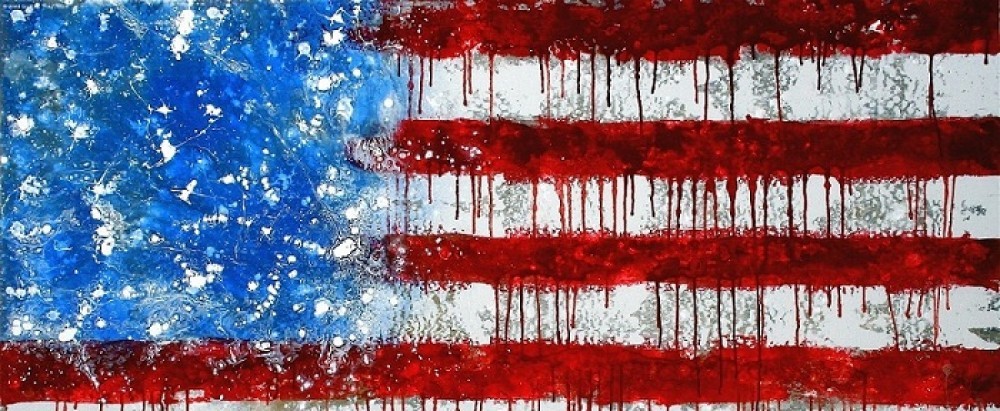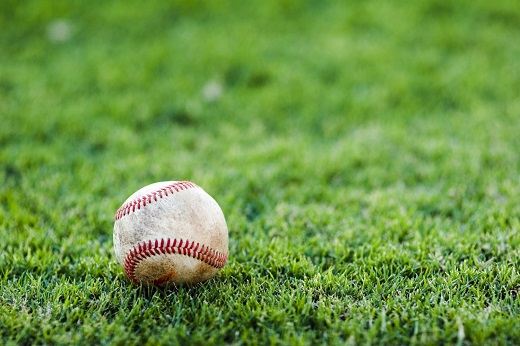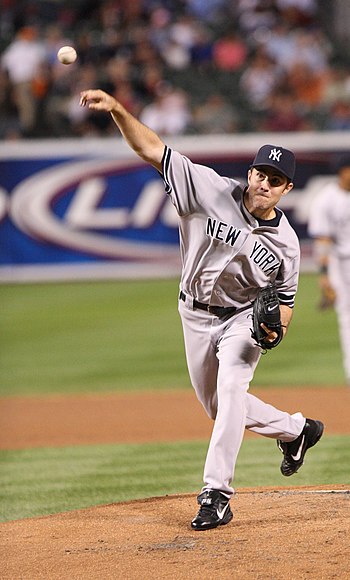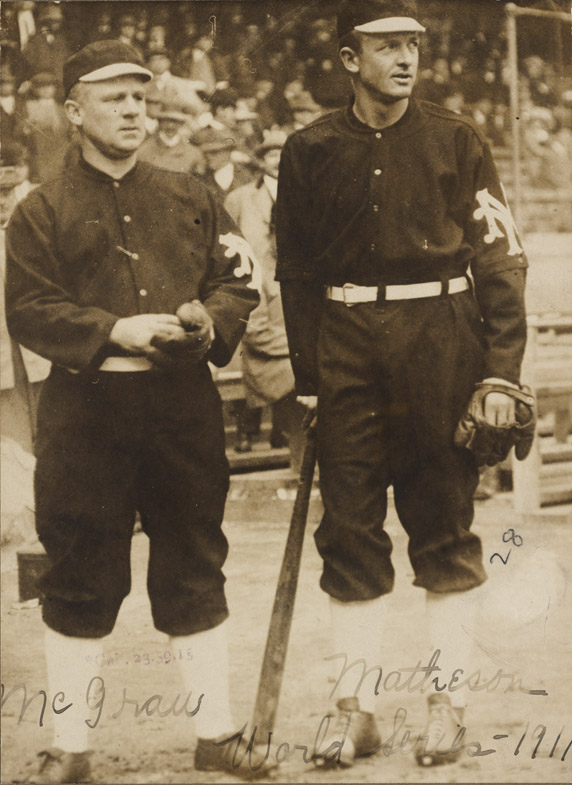“I remember traveling to Lake Elsinore, which was a long way in those days,” reminisced Zeke Mejia in 1996. “But the only ride we could get was from a friend who hauled fertilizer in his truck, so all the guys crawled inside … and tried not to breath during the ride. By the time we arrived to play well we all smelled like fertilized fields. We did it because we loved the game.” 1
For Mejia and thousands of other Mexican Americans laboring in Southern California during the 1930s, 1940s, and 1950s, baseball served as a means to at once demonstrate belonging in the United States, while simultaneously asserting their own identity. In Los Angeles, Orange, and Riverside counties, Mexican American baseball teams dotted the landscape, creating a human geography of social, economic, and political connections that helped buoy working class communities, and even contributed to unionization efforts amid widespread…
View original post 2,362 more words







